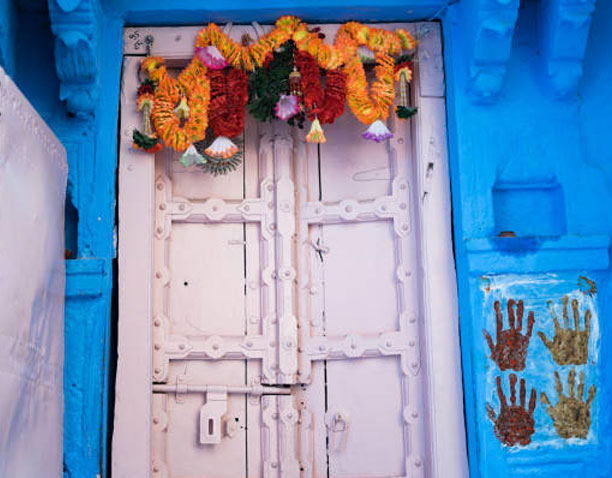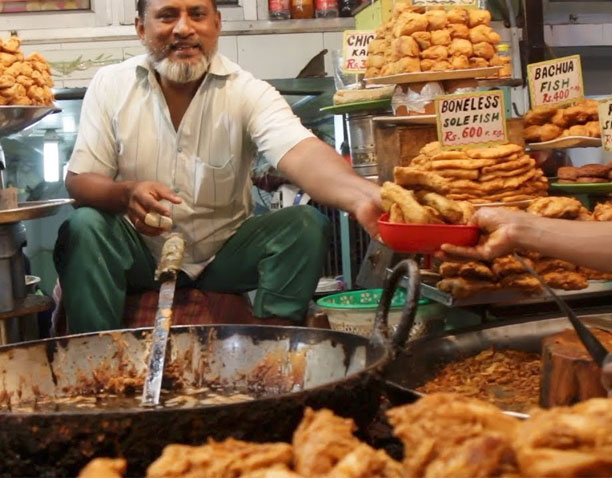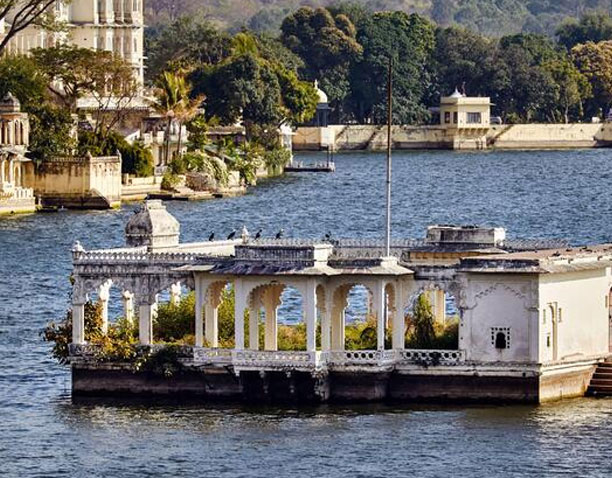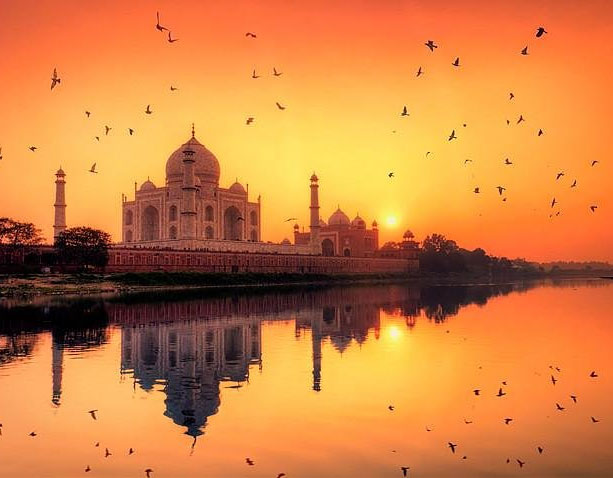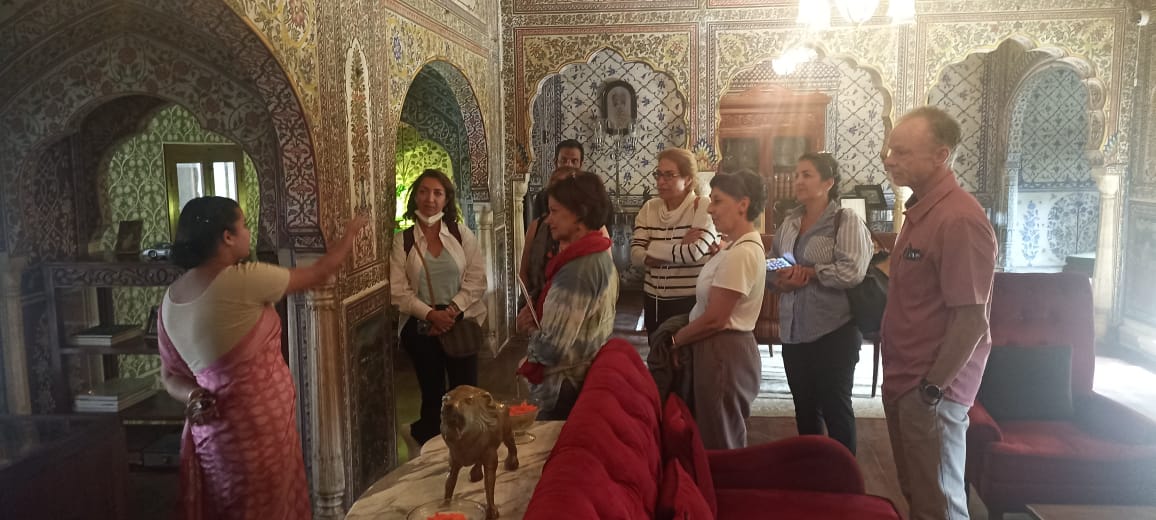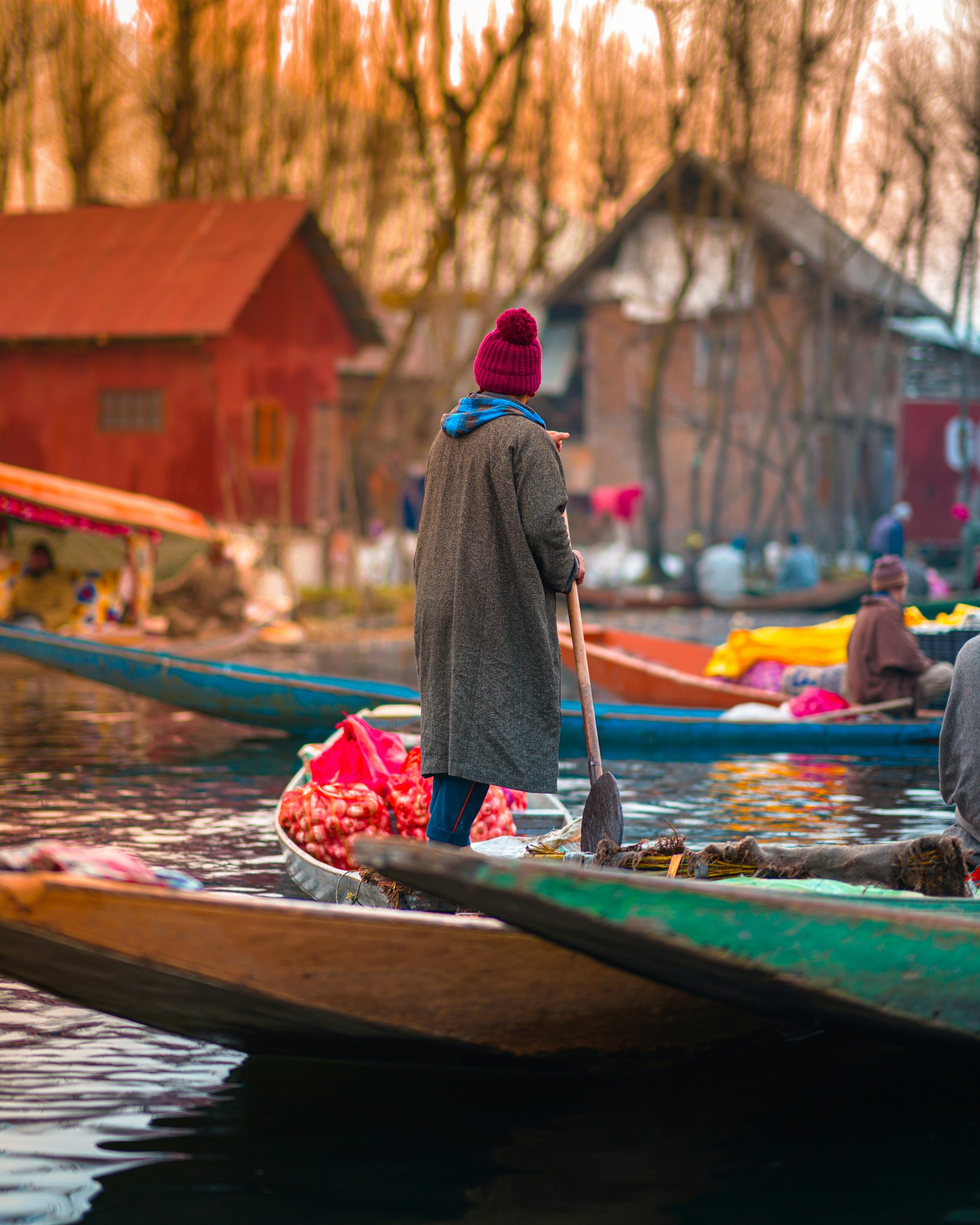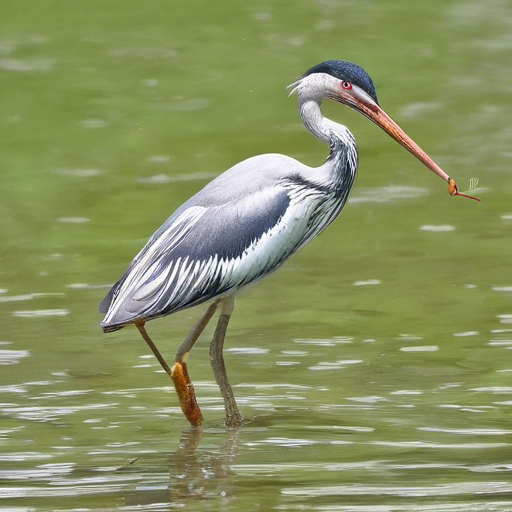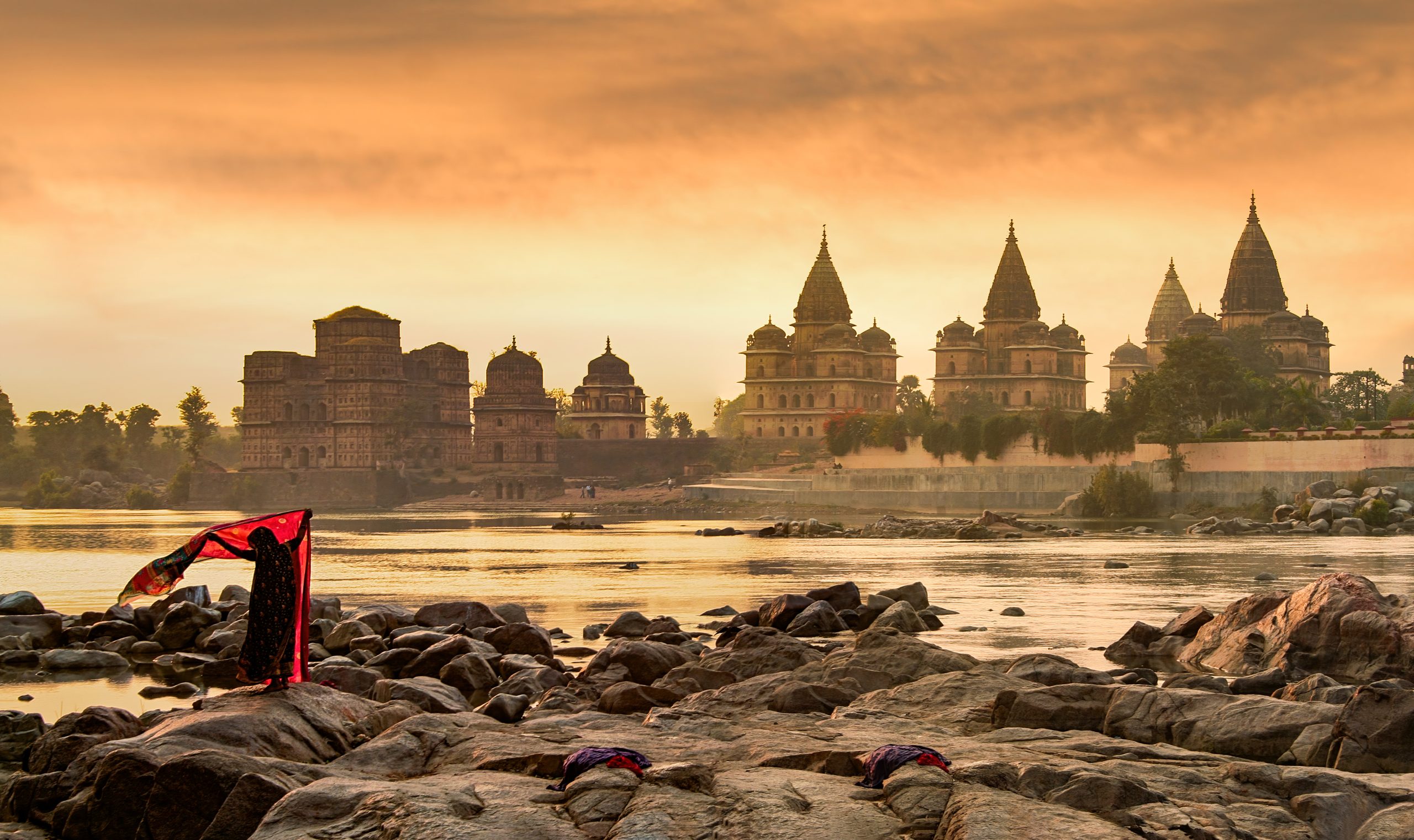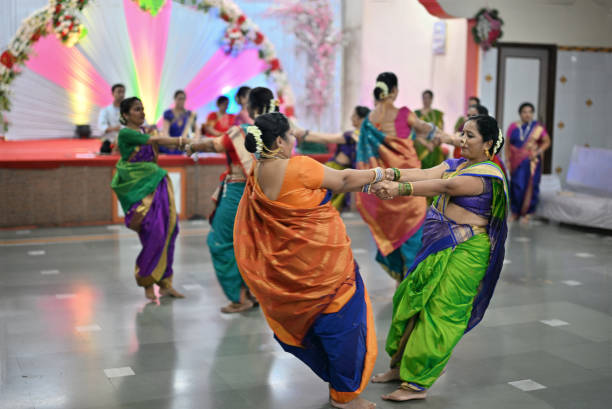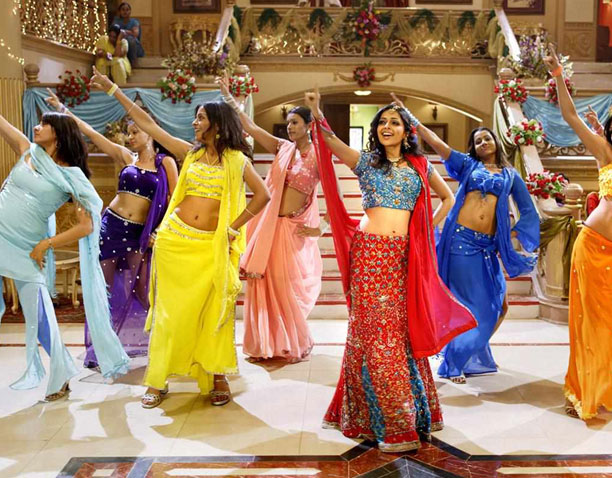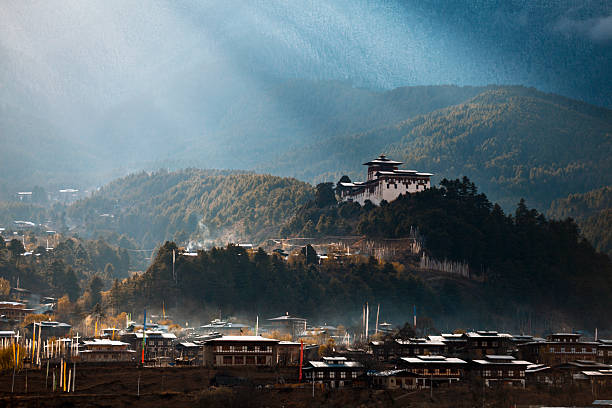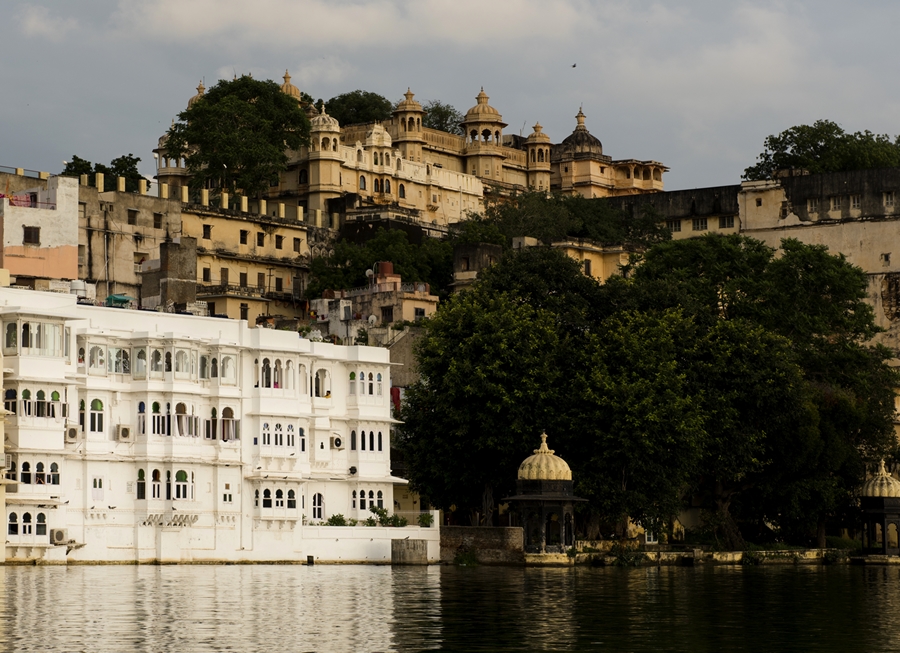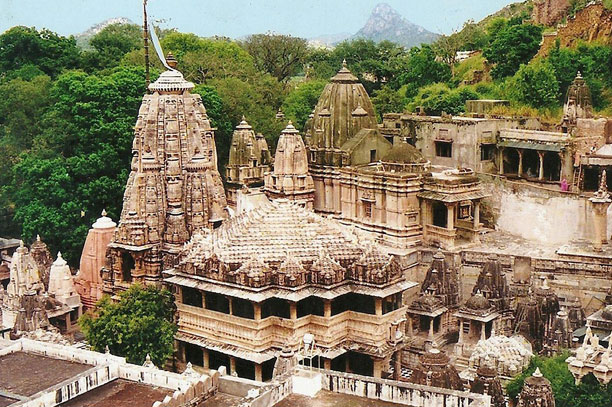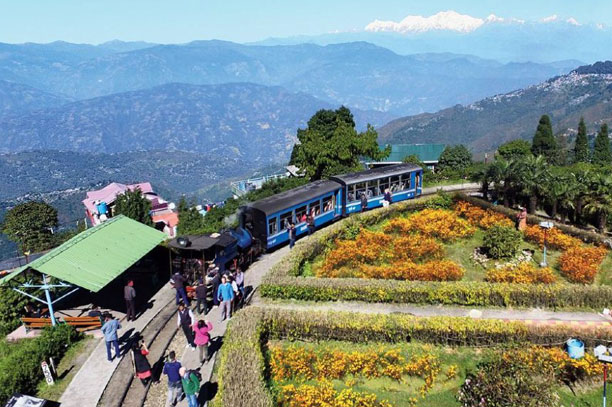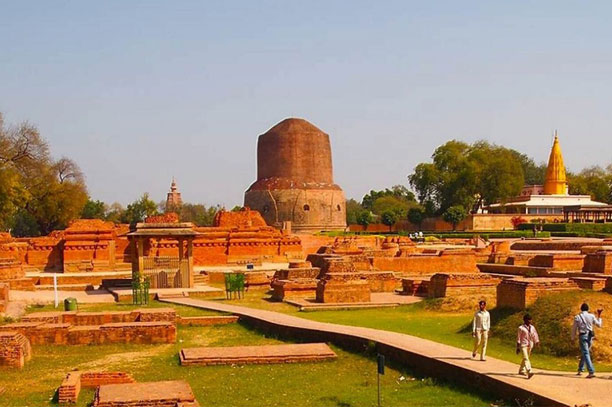As someone who has had the privilege of exploring Jodhpur’s blue city, I can attest to the fact that it is a truly mesmerizing experience. The city, also known as the “Sun City” for its bright and sunny weather year-round, is famous for its blue-painted buildings that give it a unique charm. In this blog post, I will take you on an insider’s tour of Jodhpur’s blue city, exploring its history, culture, and must-visit spots.
Introduction to Jodhpur’s Blue City
Jodhpur is a city in the Indian state of Rajasthan, known for its rich history and cultural heritage. The city’s blue-painted buildings are a unique sight to behold, and have become an iconic symbol of Jodhpur. The blue color is said to have originated from the Brahmin community, who painted their houses blue to signify their high status in society. Over time, the practice spread to other communities, and today, the entire old city is painted blue.
The History Behind Jodhpur’s Blue Buildings
The story behind Jodhpur’s blue buildings dates back to the 15th century when the city was founded by Rao Jodha, the ruler of the Rathore clan. The city was originally known as Marwar, and was located on the trade route between Delhi and Gujarat. The blue color is said to have been introduced by the Brahmin community, who believed that the color would keep their houses cool during the scorching summers.
Over time, the practice of painting houses blue spread to other communities, and soon the entire old city was painted blue. Today, the blue-painted buildings are a major tourist attraction, and have become an iconic symbol of Jodhpur.
Exploring Mehrangarh Fort – The Heart of the Blue City
Mehrangarh Fort is a must-visit spot in Jodhpur, and is considered the heart of the blue city. The fort was built in the 15th century by Rao Jodha, and is one of the largest forts in India. The fort is perched on a hill, overlooking the city, and offers stunning views of the blue-painted buildings below.
Inside the fort, you can explore the various palaces, temples, and courtyards, which offer a glimpse into the rich history and culture of Jodhpur. Some of the must-visit spots inside the fort include the Sheesh Mahal, Phool Mahal, and Takht Vilas.
Taj Umaid Bhawan Palace – A Luxurious Glimpse into Jodhpur’s Royal Past
Taj Umaid Bhawan Palace is a luxurious hotel located in Jodhpur, and is a must-visit spot for anyone interested in the city’s royal past. The palace was built in the 1920s by Maharaja Umaid Singh, and is one of the largest private residences in the world. The palace is a blend of Indian and European architectural styles, and is set amidst 26 acres of lush gardens.
Inside the palace, you can explore the various rooms and suites, which are decorated with exquisite artwork and furnishings. The palace also has a museum, which showcases the history and culture of Jodhpur.
The Blue Streets of Jodhpur – Must-Visit Spots for Photography Enthusiasts
The blue streets of Jodhpur are a photographer’s paradise, and offer endless opportunities for capturing stunning images. Some of the must-visit spots include the Toorji Ka Jhalra, a stepwell that dates back to the 1740s, and the Navchokiya, a square that is famous for its blue-painted buildings.
Other popular spots include the Ghantaghar Clock Tower, which is located in the heart of the old city, and the Sardar Market, which is a bustling market that sells everything from spices to handicrafts.
The Unique Culture and Traditions of Jodhpur
Jodhpur is known for its unique culture and traditions, which have been preserved over the centuries. The city is famous for its music and dance, which are an integral part of its cultural heritage. The most popular dance form is the Ghoomar, which is performed by women during festivals and weddings.
Jodhpur is also famous for its handicrafts, which include textiles, pottery, and leather goods. The city is home to numerous artisan communities, who have been practicing their craft for generations.
Best Time to Visit the Blue City
The best time to visit Jodhpur is between October and March, when the weather is pleasant and cool. During this time, the city hosts numerous festivals, including the Marwar Festival and the International Kite Festival, which are a must-visit for anyone interested in the city’s culture and traditions.
Accommodation Options in Jodhpur
Jodhpur offers a range of accommodation options, from luxury hotels to budget guesthouses. Some of the most popular options include the Taj Umaid Bhawan Palace, the Raas Jodhpur, and the Indana Palace. For budget travelers, there are numerous guesthouses and homestays, which offer a more authentic experience of the city.
Insider Tips for Exploring the Blue City
To make the most of your visit to Jodhpur’s blue city, here are some insider tips:
- Wear comfortable footwear, as the city is best explored on foot.
- Hire a local guide, who can help you navigate the city’s narrow streets and alleys.
- Try the local cuisine, which is a blend of Rajasthani and Mughlai flavors.
- Visit the city’s markets, where you can shop for handicrafts and souvenirs.
- Take a camel ride, which is a popular activity in the desert surrounding Jodhpur.
Conclusion: Capturing the Charm of Jodhpur’s Blue City
Jodhpur’s blue city is a truly unique destination, with a rich history, culture, and traditions. Whether you’re interested in exploring the city’s iconic blue-painted buildings, its majestic fort, or its luxurious palaces, there’s something for everyone in Jodhpur. So, pack your bags, and come experience the magic of the blue city for yourself!
If you’re planning a trip to Jodhpur’s blue city, be sure to check out our insider guide to the city, which offers tips and recommendations for making the most of your visit. And if you’ve already been to Jodhpur, share your experiences in the comments below!

